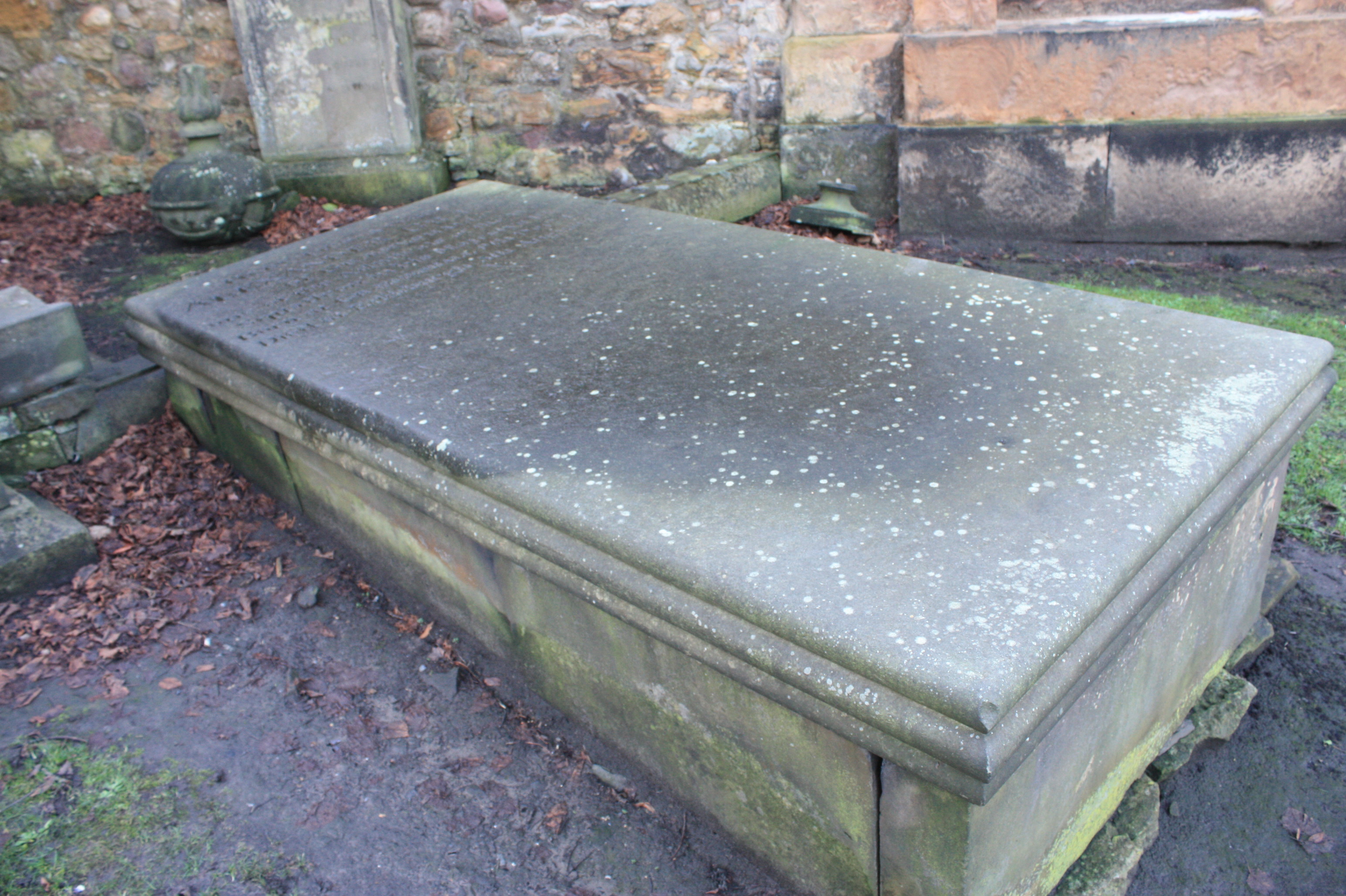Alexander Graeme on:
[Wikipedia]
[Google]
[Amazon]

Admiral
Admiral is one of the highest ranks in some navies. In the Commonwealth nations and the United States, a "full" admiral is equivalent to a "full" general in the army or the air force, and is above vice admiral and below admiral of the fleet, ...
Alexander Graeme (9 December 1741 – 5 August 1818) was a Royal Navy
The Royal Navy (RN) is the United Kingdom's naval warfare force. Although warships were used by English and Scottish kings from the early medieval period, the first major maritime engagements were fought in the Hundred Years' War against F ...
officer who became Commander-in-Chief, The Nore
The Commander-in-Chief, The Nore, was an operational commander of the Royal Navy. His subordinate units, establishments, and staff were sometimes informally known as the Nore Station or Nore Command. The Nore is a sandbank at the mouth of the Th ...
.
Naval career
Born at ''Graemeshall'' inOrkney
Orkney (; sco, Orkney; on, Orkneyjar; nrn, Orknøjar), also known as the Orkney Islands, is an archipelago in the Northern Isles of Scotland, situated off the north coast of the island of Great Britain. Orkney is 10 miles (16 km) north ...
, Graeme became commanding officer of the sloop
A sloop is a sailboat with a single mast typically having only one headsail in front of the mast and one mainsail aft of (behind) the mast. Such an arrangement is called a fore-and-aft rig, and can be rigged as a Bermuda rig with triangular sa ...
HMS ''Kingfisher'' in February 1776 and saw action at the Battle of Turtle Gut Inlet
The Battle of Turtle Gut Inlet (June 29, 1776) was an important, early naval victory for the Continental Navy and the future "Father of the American Navy", Captain John Barry.
It was the first privateer battle of the American Revolutionary War. ...
in June 1776 during the American Revolutionary War
The American Revolutionary War (April 19, 1775 – September 3, 1783), also known as the Revolutionary War or American War of Independence, was a major war of the American Revolution. Widely considered as the war that secured the independence of t ...
. He went on to be commanding officer of the sixth-rate
In the rating system of the Royal Navy used to categorise sailing warships, a sixth-rate was the designation for small warships mounting between 20 and 28 carriage-mounted guns on a single deck, sometimes with smaller guns on the upper works and ...
HMS ''Tartar'' in July 1779, in which he took part in the action of 11 November 1779, seizing the Spanish 38-gun frigate ''Santa Margarita'' off Cape Finisterre. After that he became commanding officer of the fourth-rate
In 1603 all English warships with a compliment of fewer than 160 men were known as 'small ships'. In 1625/26 to establish pay rates for officers a six tier naval ship rating system was introduced.Winfield 2009 These small ships were divided i ...
HMS ''Preston'', in which he lost his arm during an action off Dogger Bank
Dogger Bank (Dutch: ''Doggersbank'', German: ''Doggerbank'', Danish: ''Doggerbanke'') is a large sandbank in a shallow area of the North Sea about off the east coast of England.
During the last ice age the bank was part of a large landmass ...
, in November 1781 and then became commanding officer of the second-rate
In the rating system of the Royal Navy used to categorise sailing warships, a second-rate was a ship of the line which by the start of the 18th century mounted 90 to 98 guns on three gun decks; earlier 17th-century second rates had fewer guns ...
HMS ''Glory'' in January 1795. He was appointed Commander-in-Chief, The Nore
The Commander-in-Chief, The Nore, was an operational commander of the Royal Navy. His subordinate units, establishments, and staff were sometimes informally known as the Nore Station or Nore Command. The Nore is a sandbank at the mouth of the Th ...
in June 1799 and retired as Admiral of the White.
Graeme lived his later life at 87 Princes Street in Edinburgh's New Town
The New Town is a central area of Edinburgh, the capital of Scotland. It was built in stages between 1767 and around 1850, and retains much of its original neo-classical and Georgian period architecture. Its best known street is Princes Stree ...
.
Graeme died in Edinburgh on 5 August 1818 aged 76 and was buried in Greyfriars Kirkyard
Greyfriars Kirkyard is the graveyard surrounding Greyfriars Kirk in Edinburgh, Scotland. It is located at the southern edge of the Old Town, adjacent to George Heriot's School. Burials have been taking place since the late 16th century, and a num ...
in the centre of Edinburgh
Edinburgh ( ; gd, Dùn Èideann ) is the capital city of Scotland and one of its 32 Council areas of Scotland, council areas. Historically part of the county of Midlothian (interchangeably Edinburghshire before 1921), it is located in Lothian ...
.
References
Sources
* * {{DEFAULTSORT:Graeme, Alexander 1741 births 1818 deaths Royal Navy admirals Burials at Greyfriars Kirkyard Royal Navy personnel of the American Revolutionary War People from Orkney Royal Navy personnel of the French Revolutionary Wars Scottish amputees Royal Navy personnel of the Fourth Anglo-Dutch War